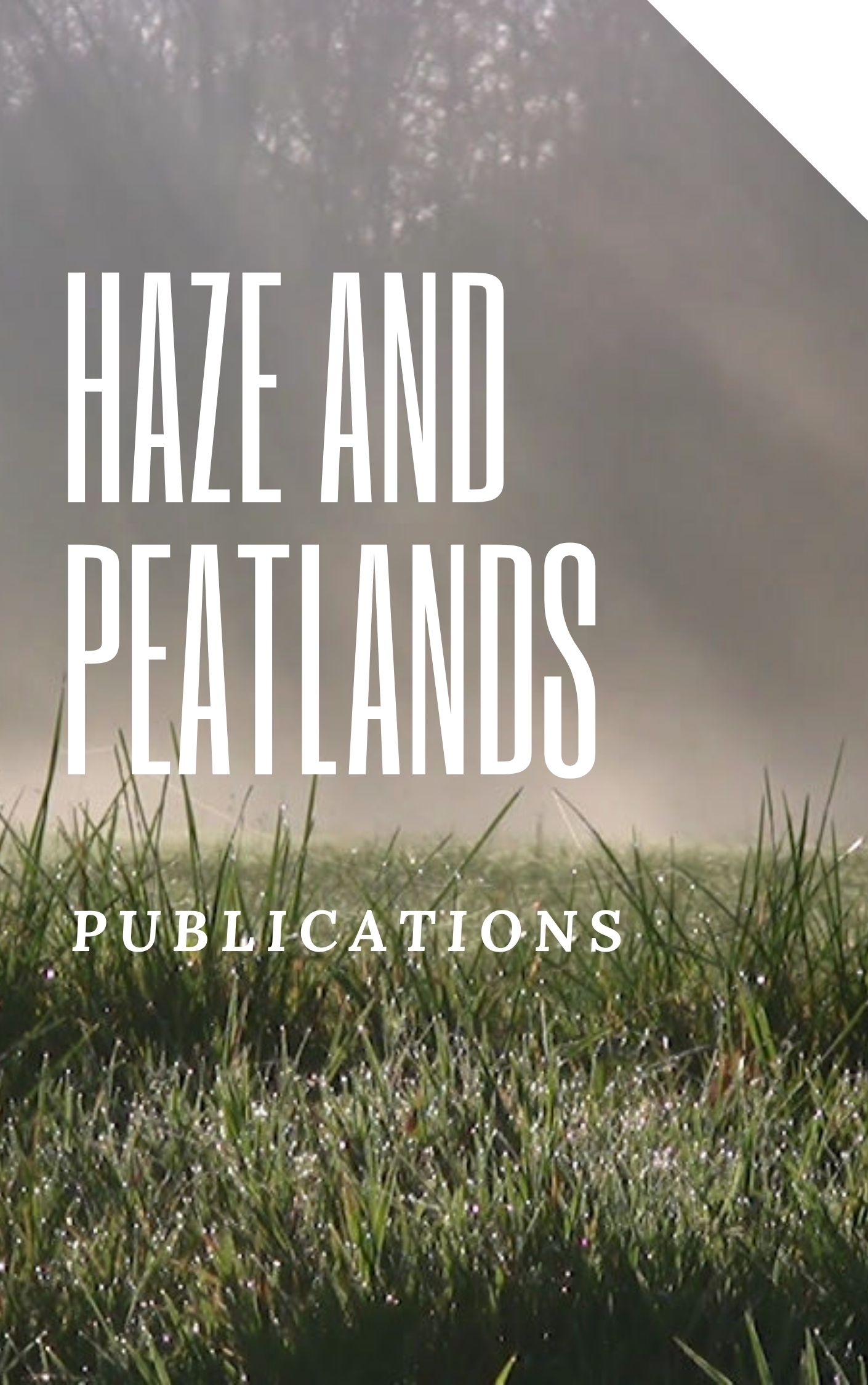Land and forest fires in peatland areas in Indonesia have a widespread negative impact on surrounding communities. Possible vulnerabilities relate to economic, social, ecological, livelihoods, and environmental vulnerability. This study aimed to assess household vulnerability due to land and forest fires in peatland areas in Ogan Komering Ilir District in South Sumatra and observe changes in peat ecosystems in those areas. The study was conducted in three peatland hydrological units (PHUs)-(1) PHU Sungai Sugihan-Sungai Lumpur; (2) PHU Sungai Sibumbung-Sungai Batok; and (3) PHU Sungai Saleh-Sungai Sugihan-covering 300 households as samples. Primary data were collected through structured interviews and analyzed descriptively. The analysis revealed the following: (1) PHU Sungai Sibumbung-Sungai Batok had the highest score for livelihood vulnerability and climate change but the lowest score for social, economic, and ecological vulnerability; (2) PHU Sungai Saleh-Sungai Sugihan had the highest score for economic and ecological vulnerability but the lowest score for livelihood vulnerability; (3) PHU Sungai Sugihan-Sungai Lumpur had the highest score for social vulnerability but lowest score for climate change vulnerability; and (4) the number of household members, toddlers, and elderly, and all economic indicators except land ownership, contributed relatively similarly to social vulnerability in all PHUs.
View source

